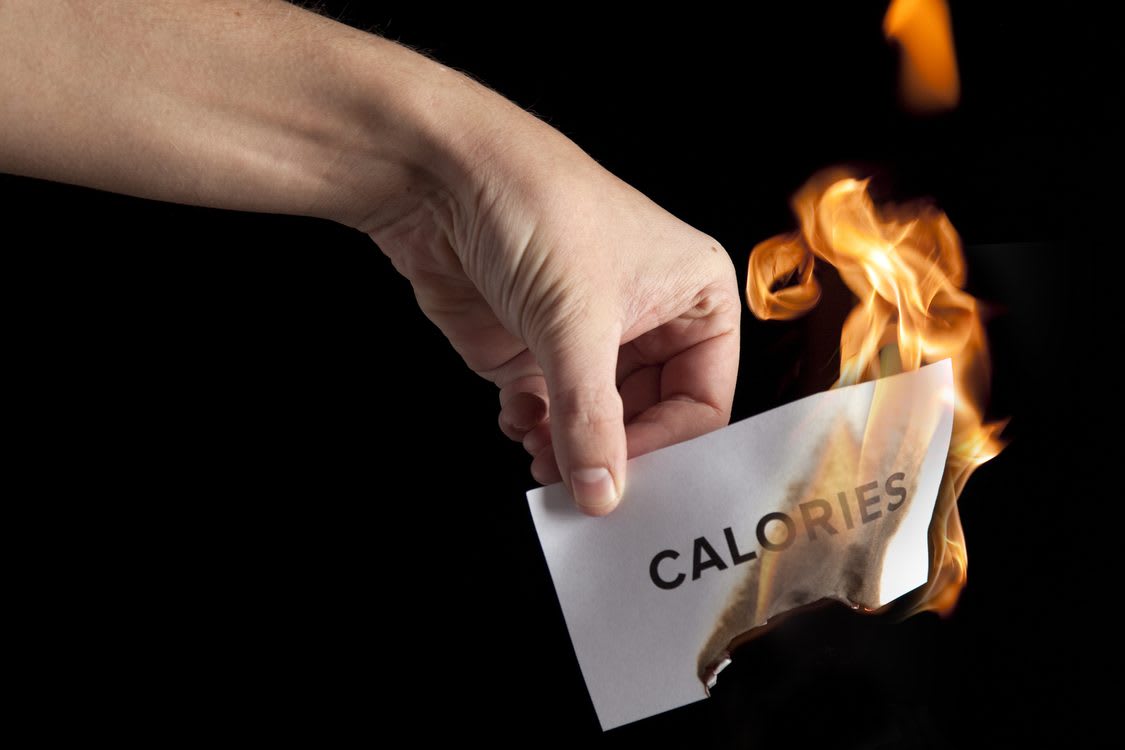
I’m sure that you’ve probably been to a wedding or Bar Mitzvah and stood at the reception with your mouth wide open in amazement and watched as someone who is skinny as a beanpole downs three pieces of cake. You say to yourself, “If I did that, my clothes wouldn’t fit anymore.” What’s the difference between that person and yourself? Metabolism.
The word metabolism is used quite frequently, but what does it mean and how does it affect us? According to the standard definition, metabolism is the chemical processes occurring within a living cell or organism that are necessary for the maintenance of life. Some substances are broken down to yield energy for vital processes while other substances, necessary for life, are synthesized. Essentially, metabolism is an all-encompassing word that relates to the breakdown of food and its transformation into energy. In practical terms, the rate at which we are processing our energy source (food) has a great effect on our body mass, and how we look and feel.
The way that we measure energy consumption is through the unit of measure called calories. One calorie represents the amount of heat required to raise the temperature of one gram of water one degree Celsius. Although we all know that exercise, particularly aerobic exercise, uses calories and helps us to lose weight, it is less well known that certain types of exercises can, over the long term, raise our metabolism and help us keep our caloric burn a little higher all the time, even while at rest.
Your Resting Metabolic Rate
Everyone is born with a rate of metabolism. This is known as the resting metabolic rate (RMR) or basal metabolic rate (BMR). Your resting metabolic rate (RMR) is the minimum number of calories your body needs to support its basic physiological functions, including breathing, circulating blood and all of the numerous biochemical reactions required to keep you alive. Your RMR is generally 60-70% of your total daily caloric expenditure.
A second component of energy expenditure is called TEF, or the thermic effect of food. When you have a meal or snack, calories are needed to digest and store the nutrients. This accounts for up to 10% of caloric expenditure. According to Eric Poehlman, a Professor of Medicine with the University of Vermont, these are the calories used above your resting metabolic rate due to meal ingestion. He terms the RMR as the calories burned to maintain life. The rest of your calories are burned off with activity and exercise.
The average person burns about one calorie per minute at rest. Needless to say, this varies greatly amongst people, depending upon size and build. However, imagine adding 0.2 calories per minute to your resting metabolic rate. That could increase the amount of calories you burn by approximately 288 more per day. That is slightly more than 2,000 per week. At 8,000 calories per month, you will be losing an extra kilo (2.2 pounds) per month, or 12 kilo per year (26.5 pounds). Keep in mind that this is all at rest. Let’s see how we can accomplish this feat.
The Muscle Factor
Muscle tissue has a high-energy requirement to sustain itself. Therefore, the more muscle you build, the higher your RMR will stay. The average person begins losing about 1% of his or her muscle mass per year in the early 30’s, so as we age, our RMR gets slower and slower – that is, unless you are working in manual labor or doing resistance training exercise. Since today, only a very small percentage of jobs in the western world are in manual labor, the only practical way to fight this trend is through muscle-building exercise.
Exercise physiologist Rich Weil with the Van Italie Center for Weight Management at St. Luke’s-Roosevelt Hospital in New York explains metabolism this way: “Let’s say you have a little Toyota and a large Cadillac idling in the driveway. When you put your foot down and rev the engine, the big Cadillac burns more gasoline because it has a bigger engine.“ And so it is with our muscles. The bigger our muscles are, the more energy they burn. That in turn can, over time, raise your metabolism.
There are other forms of exercise that do indeed boost your metabolism. For instance, an intense aerobic session, like running, biking or swimming, will also boost your metabolism; however, usually within an hour of your workout, your metabolic state returns to its previous rate. Cardiovascular exercise is important for weight loss because of the amount of calories you use during the session, and is therefore an important ingredient in weight loss. However, it will not raise your RMR for more than a short time. When you build muscle, even though it is a long-term process, as long as you keep your muscle mass at a larger level, the RMR stays higher, even when you are sleeping, resting, sitting at work, or driving your car.
But it’s not only about those extra calories. Keep in mind that being stronger and more functional is also very important.
Stay tuned for Part II on amping up your RMR.
Alan Freishtat is an A.C.E. CERTIFIED PERSONAL TRAINER and a BEHAVIORAL CHANGE and WELLNESS COACH with over 19 years of professional experience. Alan is the creator and director of the “10 Weeks to Health” program for weight loss. He is available for private coaching sessions, consultations, assessments and personalized workout programs both in his office and by telephone and skype. Alan also lectures and gives seminars and workshops. He can be reached at 02-651-8502 or 050-555-7175, or by email at alan@alanfitness.com Check out the his web site –www.alanfitness.com US Line: 516-568-5027.
The words of this author reflect his/her own opinions and do not necessarily represent the official position of the Orthodox Union.

